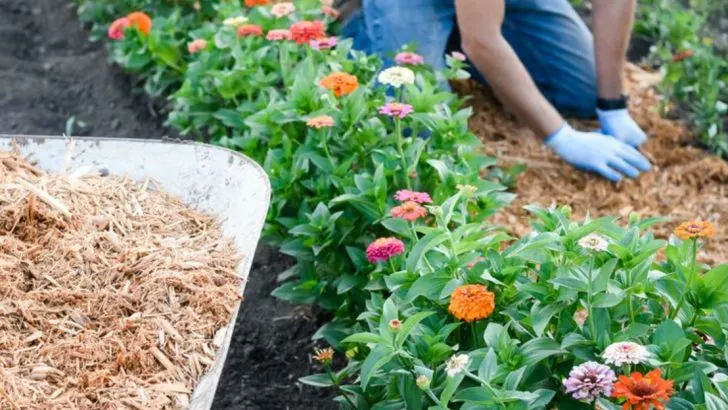Raised garden beds can be a game-changer for gardeners, offering improved drainage, better soil quality, and easier access. However, there are common pitfalls that many gardeners encounter when setting up or maintaining these beds. Whether you’re a beginner or have some experience, avoiding these mistakes can help you maximize your gardening success. Here are 16 raised garden bed mistakes you might be making and how to correct them for a thriving garden.
Overcrowding Plants

A common error is planting too many seeds or plants close together. Overcrowding leads to competition for sunlight, water, and nutrients, stunting growth and increasing susceptibility to pests. Give each plant ample space to spread its roots and grow. This ensures they access enough resources to thrive. Consider the recommended spacing for each plant species, and err on the side of caution by providing a bit more room. By planning your layout carefully, your plants will grow healthier and more robust, resulting in a more bountiful harvest.
Poor Soil Choice
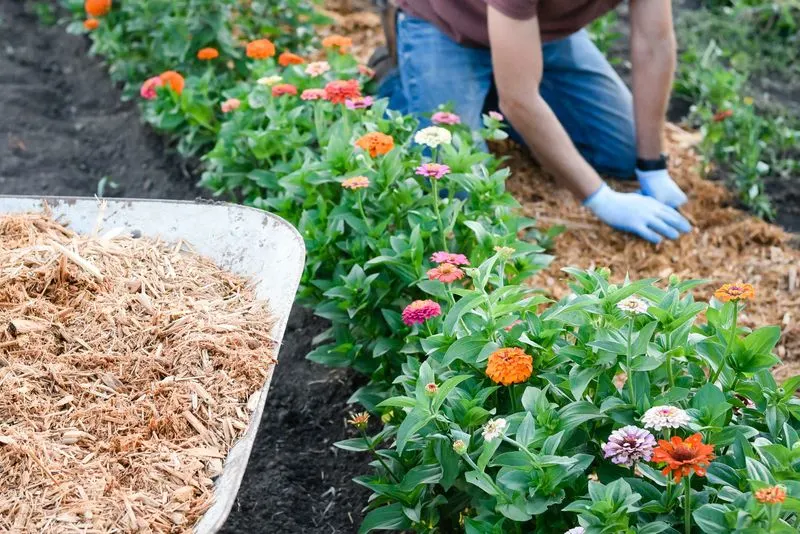
The foundation of any productive garden is the soil. Using substandard or incompatible soil can lead to poor plant health. It’s crucial to choose a well-draining soil mix rich in organic matter. Avoid using plain garden soil as it compacts easily and lacks nutrients. Opt for a blend of compost, peat moss, and vermiculite or perlite. This combination ensures good drainage while retaining essential moisture. Testing the soil’s pH and nutrient levels beforehand can guide you to amend it as needed, promoting optimal plant growth.
Ignoring Sunlight Requirements
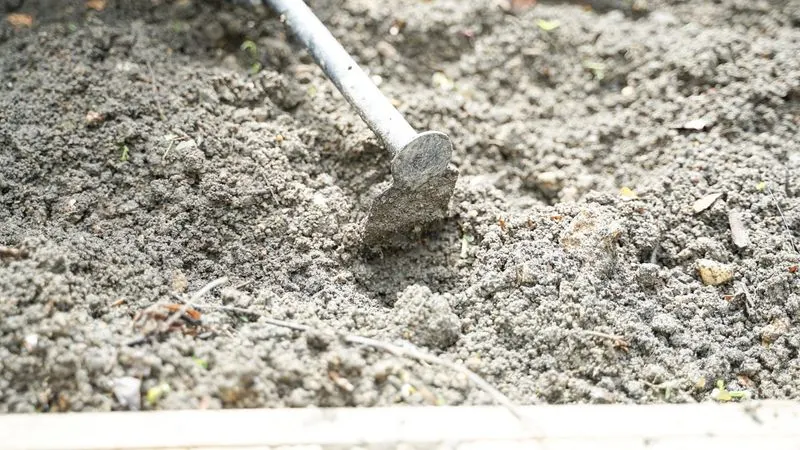
Different plants have specific sunlight needs, yet many gardeners overlook this. Placing sun-loving plants in shaded areas, or vice versa, can hinder their development. Assess your garden’s exposure to sunlight throughout the day. Group plants with similar light requirements together for maximum efficiency. If your garden lacks sufficient sunlight, consider growing shade-tolerant varieties or using reflective materials to increase available light. Thoughtful positioning based on sunlight needs is key to a thriving garden.
Overwatering
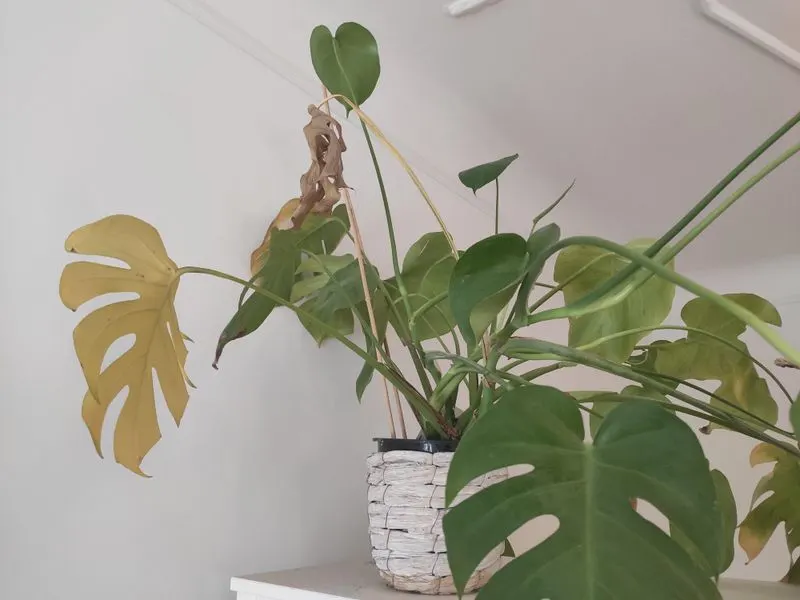
Too much water can be as damaging as too little. Overwatering leads to root rot and stunted growth. Raised beds often have better drainage, but it’s still vital to water wisely. Check soil moisture before watering, and water deeply rather than frequently to encourage deep root growth. Signs of overwatering include yellowing leaves and waterlogged soil. Adjust your watering schedule based on weather and plant needs. This ensures a balanced moisture level, promoting healthy plant growth.
Underwatering
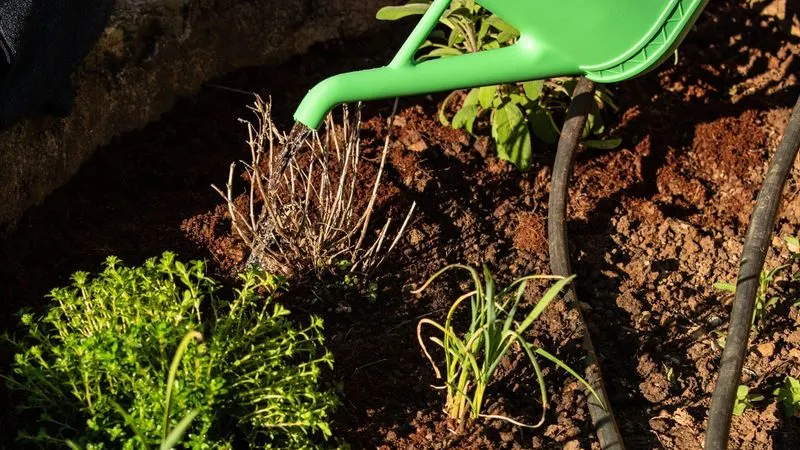
Conversely, underwatering can stress plants, reducing yield and vitality. Raised beds dry out faster due to improved drainage and aeration. Monitor soil moisture levels, especially during hot, dry spells. Mulching helps retain moisture and reduces the frequency of watering. Use a drip irrigation system for consistent moisture, especially if you’re often away. Proper hydration is crucial for plants to absorb nutrients, maintain structure, and perform photosynthesis effectively. Being attentive to these needs enhances your garden’s success.
Neglecting Crop Rotation
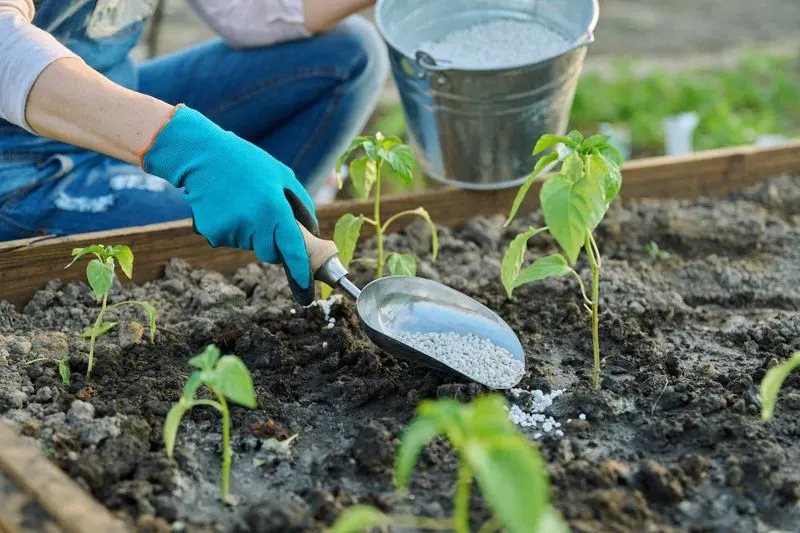
Growing the same crop in the same spot annually leads to nutrient depletion and increased pest and disease problems. Crop rotation is vital to maintain soil health and reduce pest cycles. Plan your garden layout to rotate crops belonging to different families each year. For example, follow leafy greens with root vegetables, then legumes, and fruits. This practice enriches the soil, minimizes pest issues, and increases yield. Its implementation is simple yet profoundly benefits long-term garden productivity.
Ignoring Pest Control
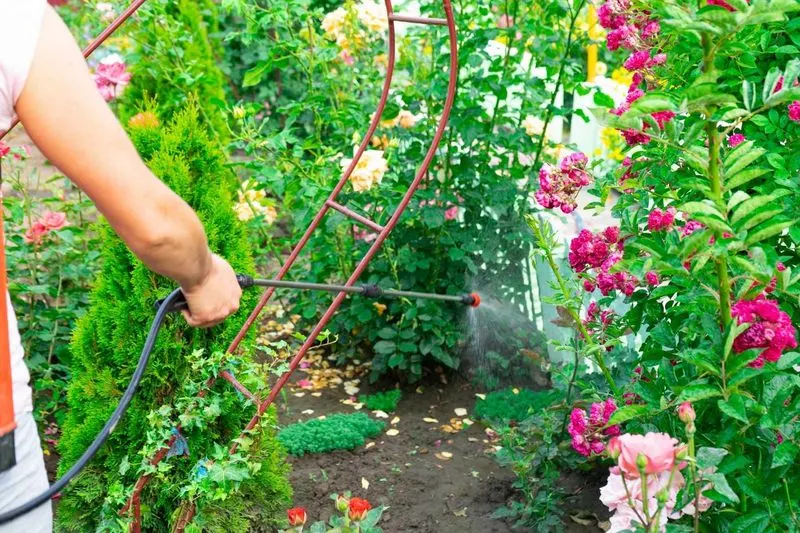
Ignoring pest control can quickly turn a flourishing garden into a disaster. Regular inspections help identify pests early before they cause significant damage. Employ integrated pest management practices, such as encouraging beneficial insects, using traps, and applying organic pesticides when necessary. Companion planting with pest-repelling herbs also helps keep pests at bay. Maintaining a clean garden by removing debris and rotating crops annually can prevent pest infestations. Vigilant pest management ensures a healthier, more productive garden.
Improper Bed Construction
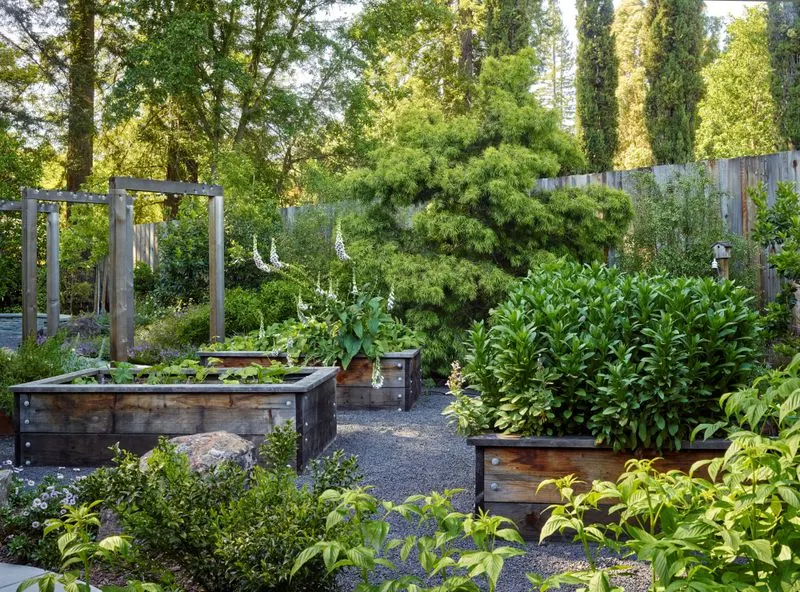
Constructing a raised bed requires careful planning and execution. Weak or improperly built beds can collapse, leading to soil loss and plant damage. Use quality, weather-resistant materials like cedar or recycled plastic for durability. Ensure the bed is level and well-supported to withstand the elements. Proper construction includes considering height for root depth and accessibility. A well-built bed not only supports healthy plant growth but also adds aesthetic value to your garden. Taking time to construct it correctly avoids future headaches.
Wrong Plant Choices
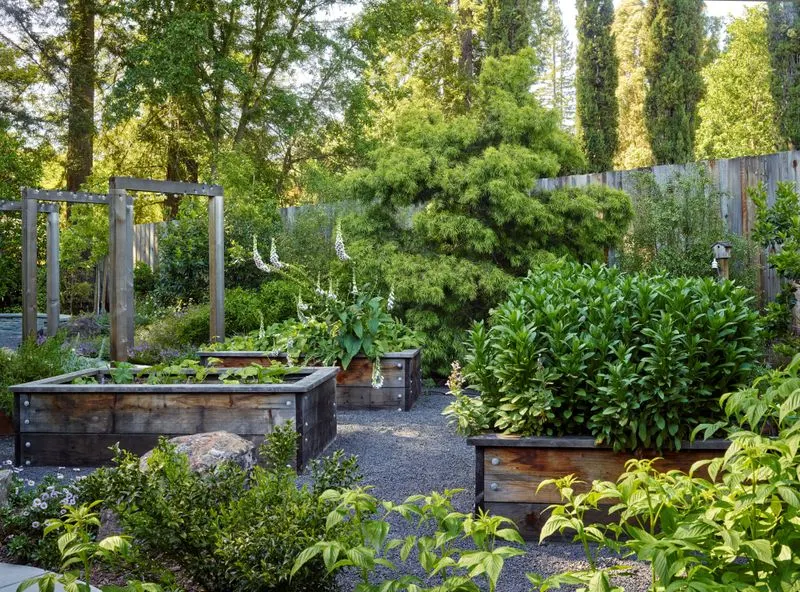
Not all plants thrive in every climate or soil type, yet choosing the wrong plants is a frequent mistake. Research plant species suitable for your local conditions, including hardiness zones and soil preferences. Selecting native or adaptable plants increases your chances of success. Also, consider the growth habits of plants to avoid overcrowding and shading smaller species. Matching plant choices with your environment’s unique characteristics results in a thriving, harmonious garden that requires less intervention.
Failing to Mulch
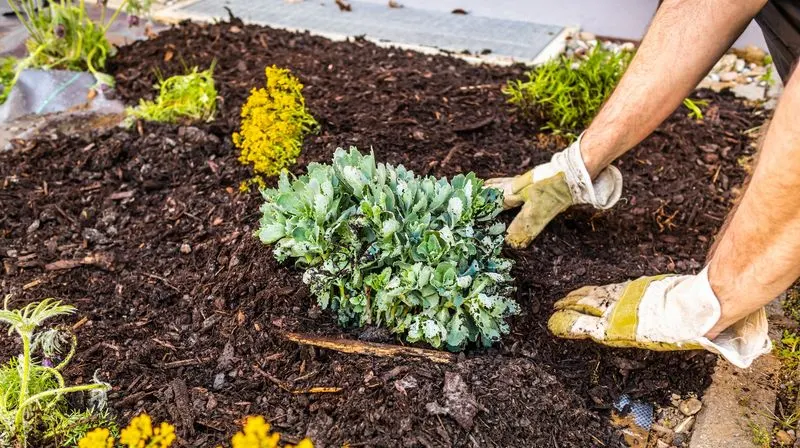
Mulch offers numerous benefits, yet many gardeners overlook it. By covering the soil surface, mulch retains moisture, suppresses weeds, and adds organic matter as it decomposes. Choose organic mulches like straw, wood chips, or leaves for nutrient addition. Apply mulch after planting and renew it as needed, especially after heavy rains. This layer acts as a temperature buffer, protecting roots from extreme weather. Besides its practical benefits, mulch enhances garden aesthetics, creating a tidy, inviting appearance.
Ignoring Seasonal Changes
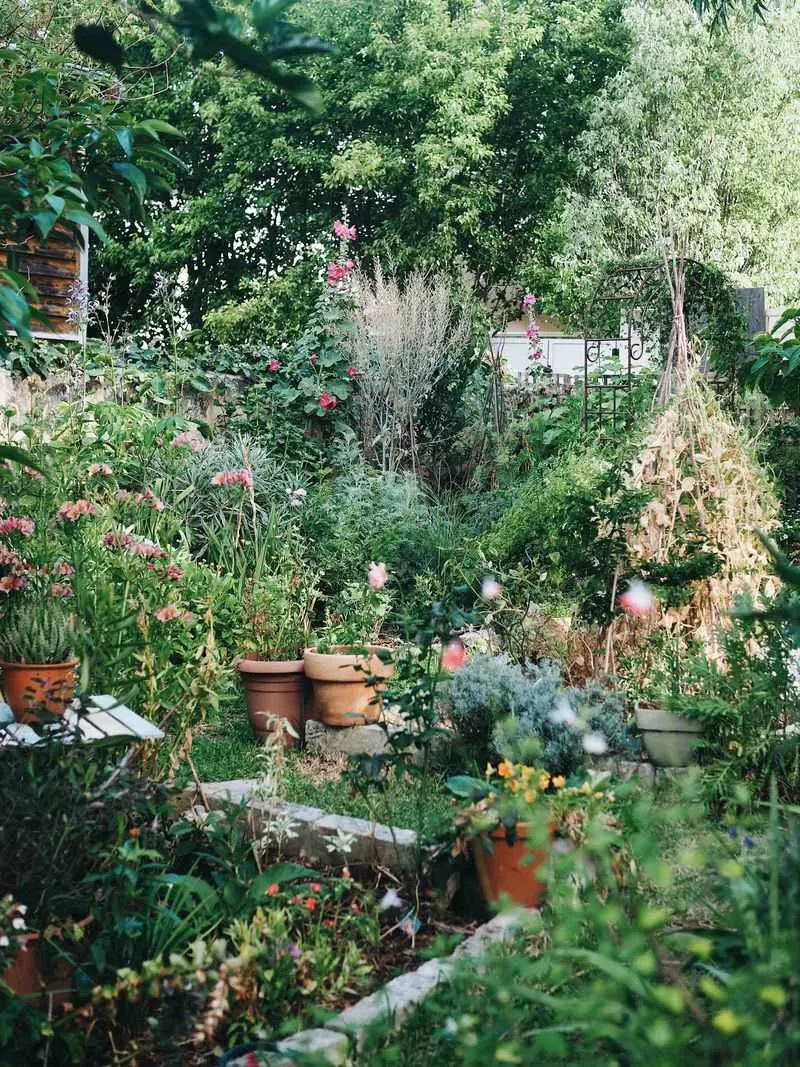
Each season brings unique challenges and opportunities for gardeners. Ignoring these changes can lead to plant stress and reduced productivity. Plan your garden activities around the seasons, such as planting cool-season crops in spring and fall, and warm-season crops in summer. Protect plants from extreme temperatures with row covers or cloches. Additionally, adjust watering and fertilization schedules to suit seasonal growth patterns. Embracing nature’s cycles enhances plant resilience and yields. Seasonal awareness allows you to anticipate and adapt.
Inadequate Soil Depth
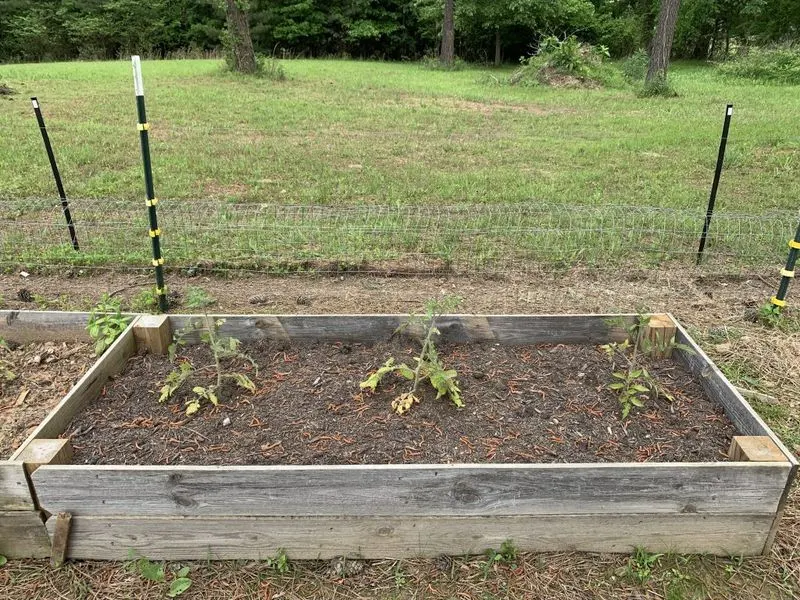
Plants need sufficient soil depth for healthy root development. Shallow beds restrict root growth, leading to poor plant health. Ensure your raised beds are at least 12 inches deep. This allows roots to penetrate deeply, accessing nutrients and moisture more effectively. For deeper-rooted plants, consider even greater depth or mound soil within the bed. Adequate soil depth supports robust plants and maximizes your garden’s productive potential. Taking this into account from the start avoids the need for later adjustments.
Lack of Support Structures
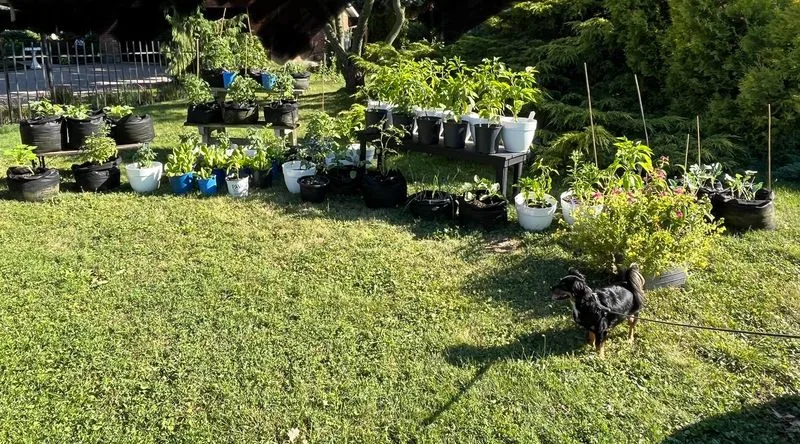
Vining and tall plants often require support to grow properly. Without it, they may suffer from broken stems and reduced air circulation, inviting disease. Install stakes, cages, or trellises early in the growing season. These structures guide plant growth and improve sun exposure. They also simplify harvesting and maintenance by keeping plants organized and accessible. Thoughtful support systems enhance plant health and yield, contributing to a more manageable and productive garden.
Inconsistent Fertilization
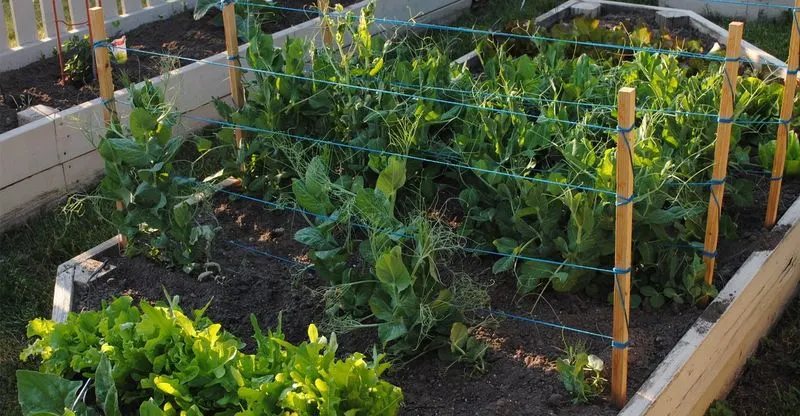
Plants require balanced nutrition, yet gardeners often fertilize inconsistently, leading to uneven growth. Develop a fertilization schedule based on plant needs and soil test results. Use organic fertilizers to enrich the soil gradually, avoiding chemical burn risks. Compost and worm castings are excellent choices for steady nutrient supply. Regularly assess plant health and adjust fertilization practices as needed. Consistent feeding supports vigorous growth and higher yields, making it worth the effort to establish a routine.
Overlooking Companion Planting
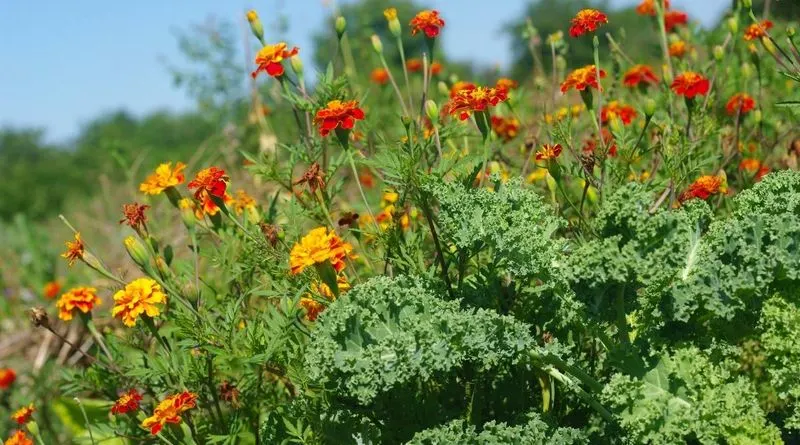
Companion planting leverages the benefits of plant relationships to enhance growth and deter pests. Ignoring this strategy means missing out on natural pest control and improved yields. Pair plants with complementary traits, like marigolds with tomatoes to repel nematodes. Research which combinations work best for your crops. This thoughtful planning optimizes space and resources while minimizing pest problems. Implementing companion planting strategies fosters a more balanced and productive garden environment.
Not Protecting from Wildlife
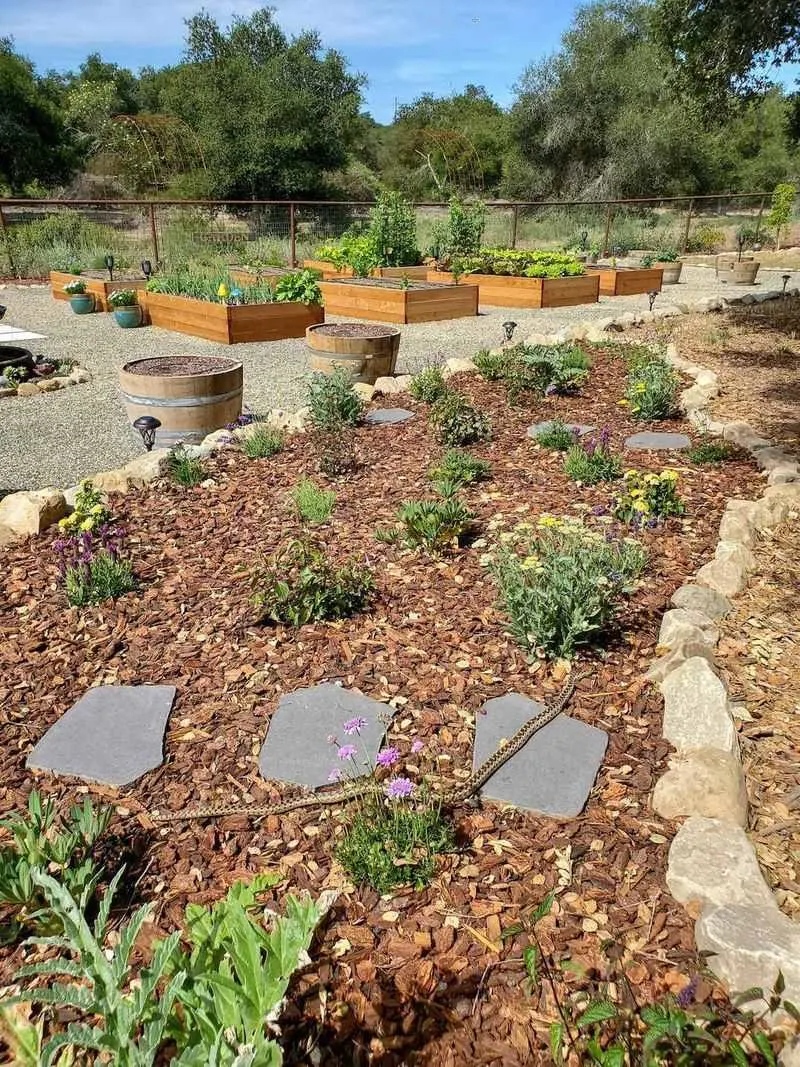
Wildlife can wreak havoc on gardens if left unchecked. Animals like rabbits, deer, and birds see gardens as an easy meal source. Protect your plants by installing physical barriers such as fences or netting. Use repellents or decoys as additional deterrents. Observing wildlife habits

